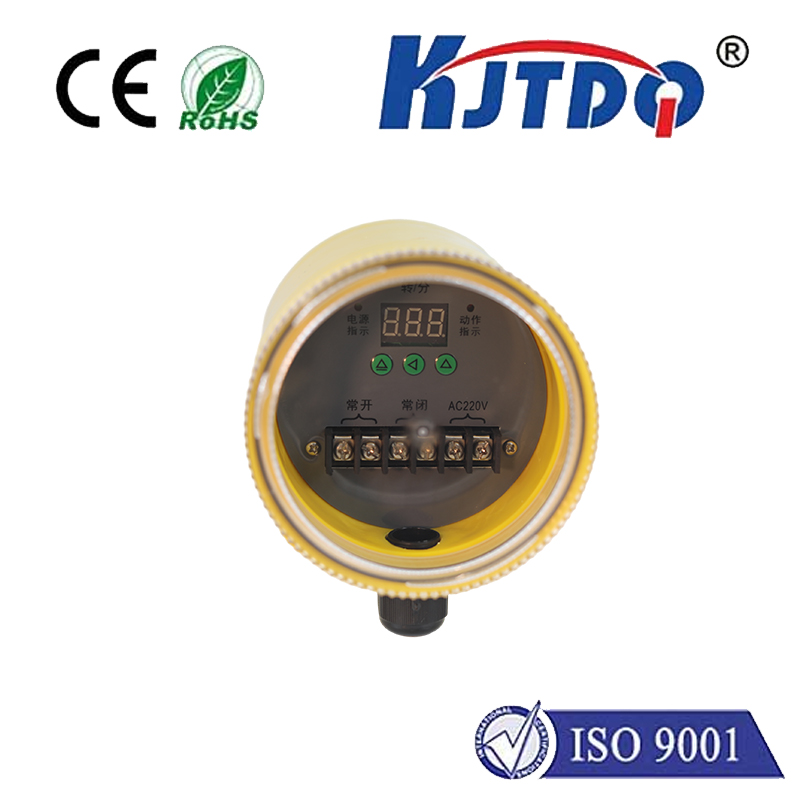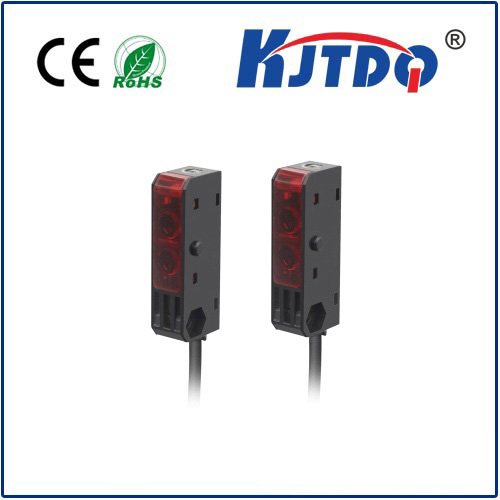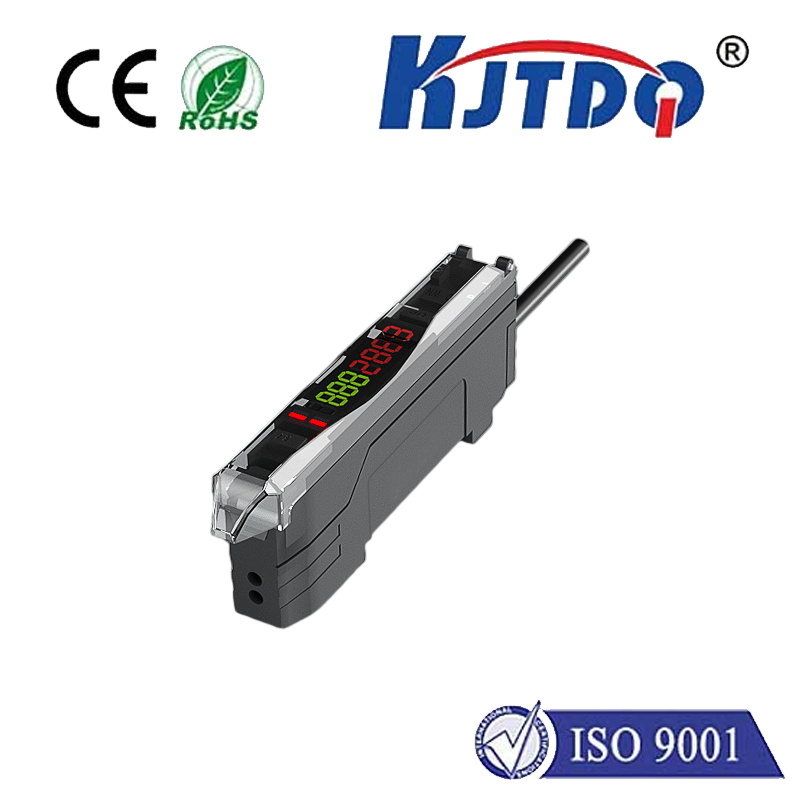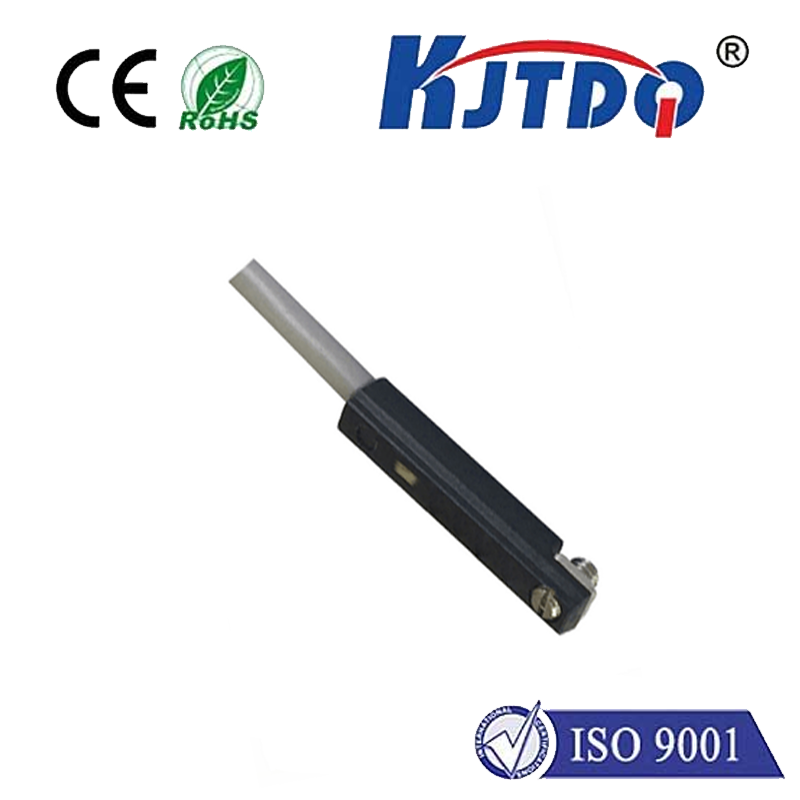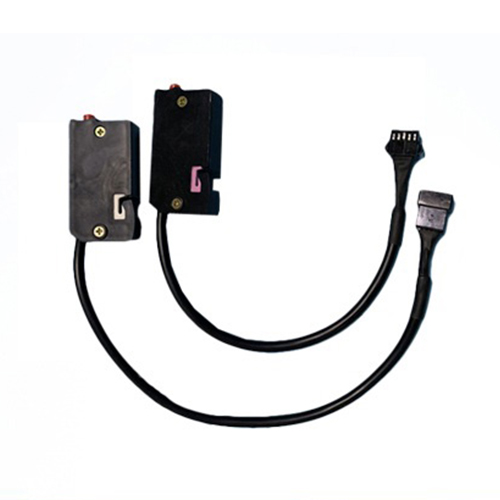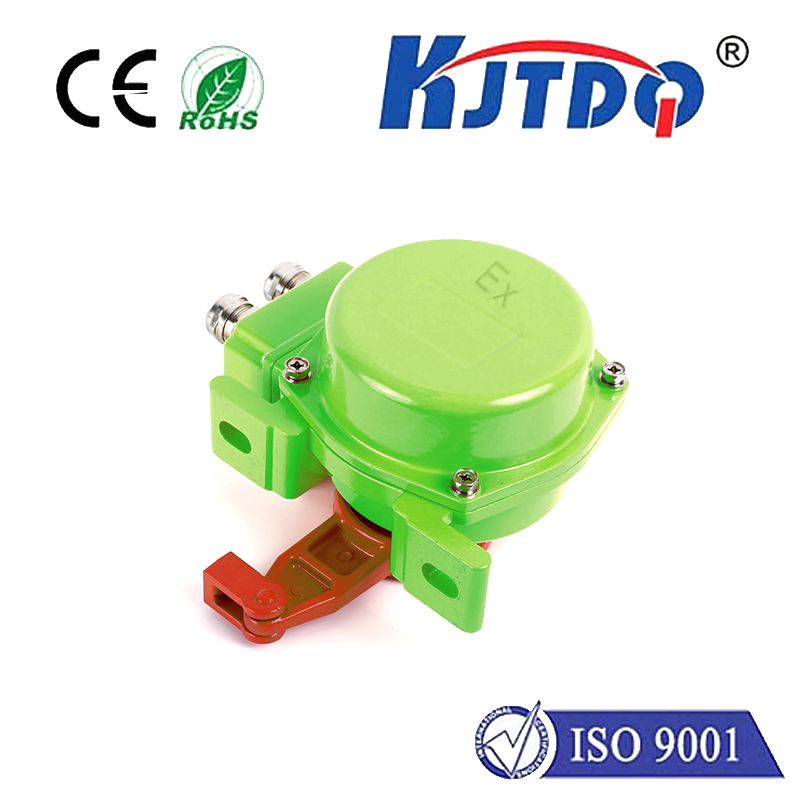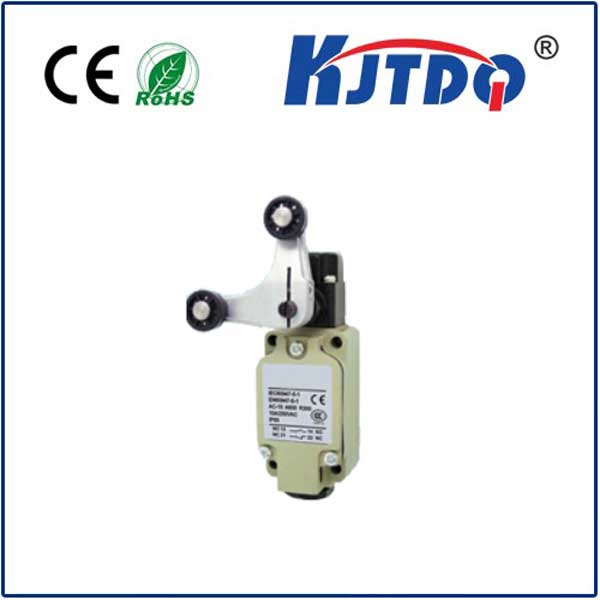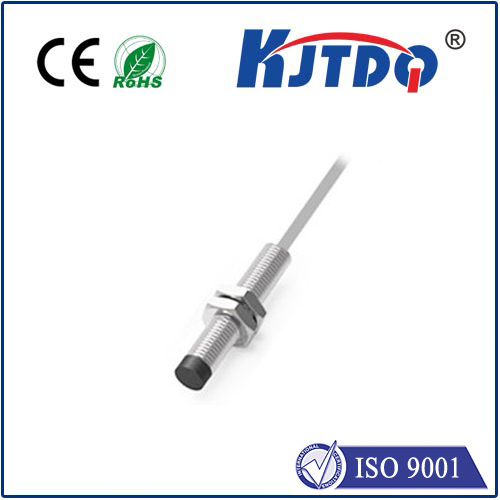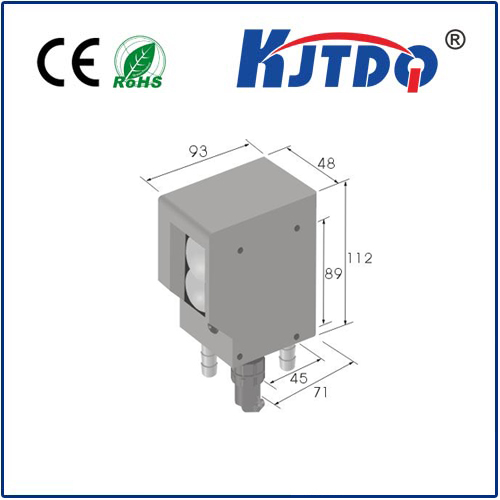xtool d1 pro limit switch
- time:2025-07-30 13:00:50
- Click:0
XTool D1 Pro Limit Switch: Your Laser’s Unsung Homing Hero
That dreaded grinding sound. A laser head slamming against its frame. An error flashing: “Homing Failed.” For XTool D1 Pro owners, these are stark indicators of a potential showdown with a critical, yet often overlooked component: the limit switch. Far more than a simple button, the limit switch is the laser cutter’s essential navigational beacon. Understanding its role and maintaining its function is paramount for smooth, reliable operation and protecting your valuable machine from costly damage.
What Exactly is a Limit Switch in the XTool D1 Pro?
Within the D1 Pro’s mechanics, the limit switch acts as a precise position sensor. Strategically placed at the absolute ends (limits) of the laser head’s travel path on both the X and Y axes, its core mission is to tell the machine, “You have reached the boundary.” When the laser head carriage physically contacts the switch at the start of its homing sequence, it triggers a signal. This signal is the absolute reference point – the “home” or “origin” position – from which the machine calculates all subsequent movements.

Think of it as the ultimate reset button for positioning. Without this fixed, known starting point, the machine cannot accurately determine where it is on the workspace. It’s the fundamental anchor for the machine’s coordinate system. Ignoring its importance is inviting positioning errors and potential collisions.
Why the Limit Switch is Non-Negotiable for D1 Pro Operation
- Accurate Homing & Positioning: Every successful job begins with a perfect homing cycle. The limit switch provides the unambiguous physical reference needed. When homing (
G28 command), the head deliberately moves towards these switches. Contact signifies “home found,” ensuring every cut or engrave starts from a perfectly known location. Consistent accuracy across jobs relies entirely on this.
- Preventing Catastrophic Collisions: This is arguably its most vital protective function. If a software glitch, communication error, or incorrect g-code instruction tries to command the laser head beyond the physical boundaries of the frame, the limit switch acts like an emergency brake. Hitting the switch immediately halts all motors before the carriage can crash into the end structures. This prevents bent components, misaligned belts, damaged motors, or even cracked laser tubes – potentially saving hundreds in repairs.
- Defining the Work Area: The machine firmware uses the home position (defined by the switches) as the origin (
0,0 coordinate). The machine then knows the maximum travel distances in both X and Y directions from this point. Enabling the machine to correctly map the entire workbed size and prevent commands outside the safe operating zone.
- Error Diagnostics: Failure to trigger the switch during homing is a primary cause of critical errors (like the infamous
E08 or similar homing failures in software like LightBurn or XCS). The switch is the first component the system checks when verifying its readiness to operate.
Common D1 Pro Limit Switch Issues & Practical Solutions
Like any mechanical component, limit switches can falter. Recognizing the symptoms is key:
- Homing Failure Errors: The most direct sign. The machine attempts to home but reports failure (
E08, “Failed to find home,” “Homing error”).
- Grinding/Gear Crunching Sounds: The head reaches the axis end but the motor doesn’t stop, causing gears to grind against obstruction.
- Inconsistent Origin Point: Jobs start slightly off-position each time, even after homing.
- Laser Head Not Moving to True Corner: After homing, the head doesn’t rest perfectly at the designated corner of the workbed.
Addressing Limit Switch Problems Effectively:
- Physical Obstruction Check: Start simple. Ensure debris, a stray cable, accumulated dust, or even a misplaced workpiece isn’t physically blocking the laser head from reaching the switch trigger point. Clean the entire travel path and switch area thoroughly.
- Switch Engagement Verification: Manually observe the homing process. Does the head reliably and firmly press the switch’s plunger (or flag for optical types)? Is the switch itself loose or misaligned? Ensure the switch is firmly mounted and correctly positioned so the moving part makes solid contact. A small misalignment can prevent triggering.
- Connection & Wiring Inspection: Trace the thin wires from the switch back to the controller board. Are plugs fully seated? Look for pinched, frayed, or disconnected wires, especially near moving parts or sharp edges inside the frame. A broken wire is a common culprit.
- Cleaning Optical Sensors (If Applicable): Some D1 Pro revisions use optical limit switches. These have a small emitter and receiver. Dust or grime can obscure the infrared beam. Carefully clean the emitter and receiver windows using compressed air or a cotton swab with isopropyl alcohol. Avoid scratching.
- Testing the Switch (Simple Method): Consult your D1 Pro manual or community resources for the specific switch testing procedure. It often involves carefully bypassing the switch with a small wire momentarily during homing (simulating a trigger) to see if the error clears. Exercise extreme caution to avoid shorts.
- The Inevitable: Replacement: If the switch itself is mechanically damaged, the internal contacts are worn out, or it fails the test, replacement is necessary. Verify the exact switch model for your specific D1 Pro revision (mechanical microswitches or optical sensors are common). Replacement involves unplugging the old switch, removing its mounting screw(s), installing the new one ensuring correct orientation and alignment, and reconnecting the wiring. Always power off and unplug the machine before working inside.
Proactive Care: Keeping Your D1 Pro’s Limit Switches Happy
- Regular Cleaning: Make cleaning the machine frame, rails, and especially the area around the limit switches part of your routine maintenance. Dust and debris are enemy number one.
- Cable Management: Secure loose wires away from moving parts with zip ties or clips to prevent snagging or damage.
- Gentle Handling: Avoid bumping the laser head forcefully into the frame limits during manual positioning.
- Firmware & Software Updates: Occasionally, updates include enhancements to homing routines or error sensitivity. Keep your D1 Pro firmware and laser software (LightBurn/XCS) up-to-date.
Don’t underestimate the quiet efficiency of your XTool D1 Pro’s limit switches. These unassuming components are fundamental guardians of your machine’s precision, longevity, and safe operation. Investing a moment in understanding and maintaining them prevents significant downtime and costly repairs. When your D1 Pro homes smoothly and positions perfectly, remember the critical role these tiny switches play in making flawless laser cutting and engraving a routine reality.












